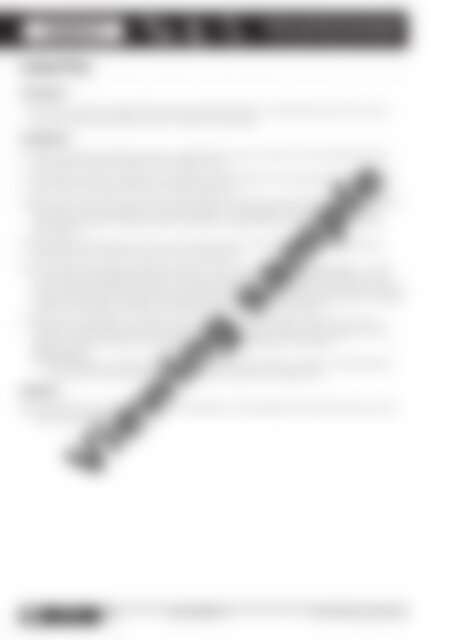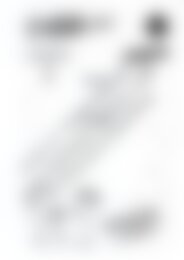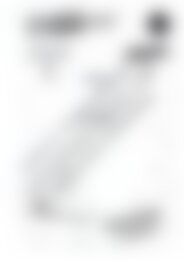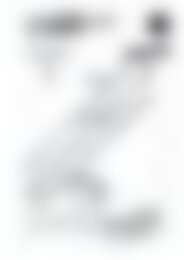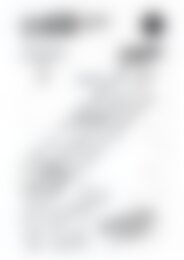PR-6171IRE Science A STEM Approach - 1st Class
You also want an ePaper? Increase the reach of your titles
YUMPU automatically turns print PDFs into web optimized ePapers that Google loves.
Lesson 2<br />
Earth and the Environment<br />
IN THE SKY AND ON THE LAND<br />
Lesson Plan<br />
Introduction:<br />
1. Show the cartoon on page 139 to the class and read aloud. In small groups, pupils discuss the<br />
cartoon and why they think stars aren’t visible in the day sky.<br />
Development:<br />
2. Pupils write their predicted answer on page 140. As a class, conduct a vote and tally how many<br />
pupils agree with each child in the concept cartoon.<br />
3. Pupils then conduct a simple torch experiment which illustrates what happens to the stars in the<br />
day, outlined on page 140. Pupils complete page 140.<br />
4. Discuss as a class, to ensure everyone has arrived at the same conclusion that the stars are always<br />
shining but during the day the sun shines brighter, so they appear to not be shining. Review<br />
the concept cartoon and take another class tally to compare their initial predictions with their<br />
observations.<br />
5. Ask pupils about the moon. Can you only see the moon in the night sky? Take a quick show of<br />
hands tally and record the results on a mini whiteboard.<br />
6. Show pupils this image of the day sky with the moon in it . Is it day<br />
or night in this photograph? How can you be sure? Show another image with both the sun and<br />
moon and discuss. Explain to pupils that the moon does not always<br />
disappear when the sun appears in the day. It does not make its own light like the stars. The moon<br />
has its own timetable and rises and sets like the sun, but not at the same time.<br />
7. Display the image again at and ask again if the moon can only<br />
be seen at night. Take another quick show of hands to tally the results. Pupils compare it to the<br />
predictions tally from Step 5 and explain any differences between the two tallies.<br />
Differentiation<br />
• During the lesson, adult focused support to ensure that all pupils are able to understand the<br />
concept cartoon exercise and complete the star experiment on page 140.<br />
Reflection:<br />
8. Individually, pupils write in their science copybook one thing they learnt about the stars and one<br />
thing they learnt about the moon.<br />
Viewing sample<br />
138 <strong>Science</strong>:<br />
A <strong>STEM</strong> AP<strong>PR</strong>OACH<br />
<strong>1st</strong><br />
CLASS<br />
978-1-912760-15-2 Prim-Ed Publishing – www.prim-ed.com


